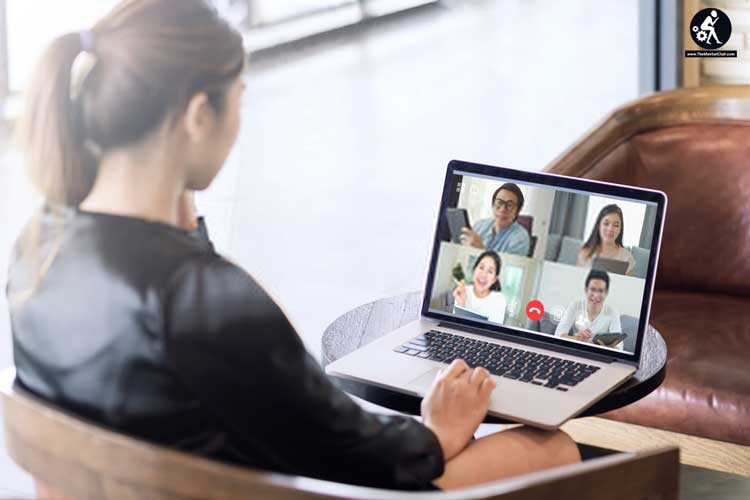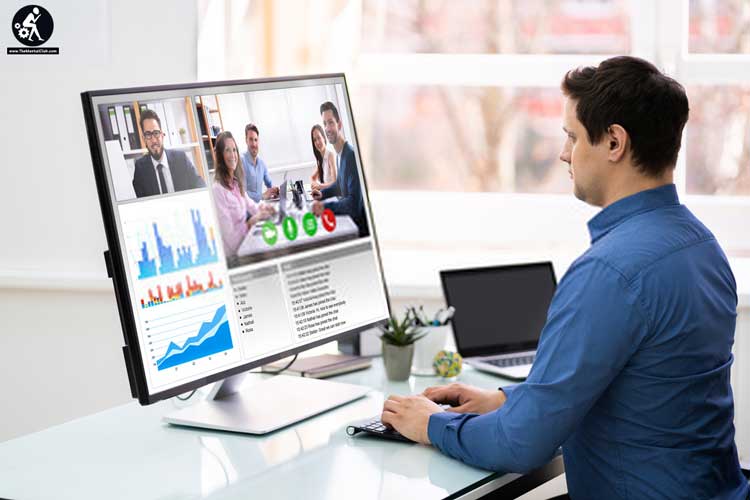The world has been dealing with an environmental crisis for a while now, but a growing number of companies are now looking for ways to make a difference, educate their target audience, and find new solutions to mitigate or even eliminate certain issues. In order to do that, businesses now need to continuously share advice and expert tips to educate the public as well as their employees and make sure that everyone’ on the same page.

Whether your business is in the niche dealing with environmental solutions and innovation to cut global pollution or you’re simply trying to spread the word and make your own efforts count, how you tackle video conferences can make or break your educational endeavors. When done right, your video conferences could attract experts, your target audience, as well as a plethora of other businesses and inspire them all to join the cause. Here are a few essential tips to keep in mind when setting up your next pollution-focused video conference to make it as effective as possible!
Budget your endeavor properly
Depending on the size and scope of your pollution talks, a video conference can be as small as just another Monday meeting with five managers present, or a massive congregation of eager enthusiasts happy to join in the talks. In anything other than the first scenario, you should evaluate the funds needed to run such a video conference within your business, and beyond.

For example, setting up proper digital tools can be a costly venture, while using free solutions may come with its own glitches. Setting up marketing campaigns to notify relevant parties that will take part in the conference, newsletters, ads, and the like can also come at a modest price. Plus, if you want people of influence to join the conversation, their own presence can have a price tag. So, before you move forward and make any announcements, make sure your funds are prepared.
Select the right topics
Pollution is a very vast and relevant topic. As such, it will invite dozens of different comments and lines of conversation, which is more than enough to disrupt the flow of the conference and prevent you from reaching certain goals that you have in mind. For example, if you work in a densely populated part of the world currently dealing with severe climate issues, such as China, then limiting your conference to certain issues can be extremely helpful in guiding the conversation.
![]()
In such circumstances, educate yourself and your potential participants on all the relevant factors impacting pollution in China, any recent advancements that deal with reducing the levels of pollution, or how these solutions can be improved. Presenting the facts in a clear and concise manner can help you and other participants steer the conversation so as to be as productive as possible and come up with ideas that will be relevant for the region and issues in question.
Look for relevant guest speakers
Once again, depending on your available budget and the issues at hand, your choice of speakers will differ greatly. Perhaps experts in global pollution can join the conversation, but those who specialize in Europe’s latest environmental efforts might not be able to really evaluate if Asia is moving in the right direction. Much like introducing air pollution experts to resolve a soil pollution issue would make little sense, such a scenario could only cause confusion.
To prevent wasting time and money involved, make sure that you have contacted the right people for your selected topics. Your guest speakers should all be able to join in the conversation and have an equal understanding of the topics that are covered. That is the only way you can rest assured that your video conference can actually deliver any results.
![]()
Share information well in advance
Although you are the organizer and the initial creator of the conference, the agenda that shapes the event is something every single participant should have at their disposal. This can help them understand the time allocation towards different issues, when they can ask questions, and how they can contribute with their own opinions. Add to that, if there are participants who are mainly there to be educated and informed, then using the time coming up to the conference to share materials can be beneficial for everyone involved.
By sending out newsletters with recently published articles and opinion pieces, research and localized or global studies, as well as excerpts of previous speaking engagements by your panelists – you can inspire more interest in your topic and educate people prior to the conference. This is by far one of the best ways to engage your participants and your audience since not everyone eager to hear about pollution is an expert in the matter.
Collect feedback and revise your plan
Finally, each and every conference should have its target goals and milestones. Every person taking part in your video conference should have a chance to share their experience with you, as well. All of that information can ultimately help you reshape your future video conferencing efforts to make sure that everyone will have a better experience and learn something new. Plus, you’ll be able to reach your goals with greater ease knowing how to use your video conferencing time and topics better.
Although a video conference on pollution is one of the best ways to spread the word, educate people, and tap into the opinions and views of others, organizing such an event can be a challenge. Use these tips to make sure that each video conference is better than the previous one, and that it has the potential to make a difference in our effort to reduce and eliminate pollution across the globe.


































